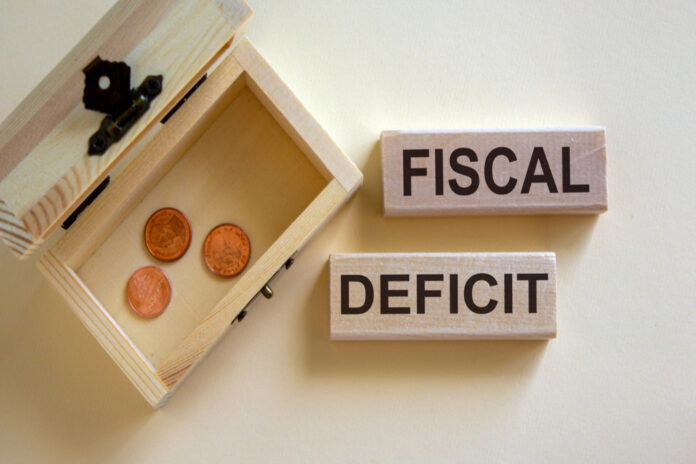The government contained the fiscal deficit at 6.8% of GDP during the fiscal year 2023-24 due to a 33% cut in development spending and windfall revenues from petroleum levy, according to the Ministry of Finance’s Fiscal Operations report for 2023-24.
The fiscal deficit amounted to Rs7.2 trillion, slightly above the budget target of 6.5%. Previously, the government had reported an overall fiscal deficit of 7.4% of GDP for FY24 when announcing the current year’s budget in June. The previous fiscal year’s deficit was 7.7% of GDP, or Rs6.5 trillion.
However, the government reported a Rs 953 billion (0.9% of GDP) surplus in the primary account, the gap between total income and expenditure excluding interest payments, against a budget target of 0.38% of GDP, later revised to 0.4%.
The data showed that the Public Sector Development Programme was cut by 33% to Rs635 billion against the Rs950 billion allocation and was even lower than the previous year’s Rs652 billion expenditure on federal development schemes.
The provincial governments provided a cash surplus of Rs518 billion to the Centre, falling short of their Rs600 billion commitment. The federal government had claimed Rs539 billion in surplus receipts from provinces last month.
A significant contribution to containing the fiscal deficit came from a 160% increase in State Bank profits due to record interest rates exceeding 22%. Central bank profits stood at Rs972 billion in FY24, up from Rs371 billion the previous year.
Another windfall was the Rs1.019 trillion collected from the petroleum levy, almost 76% higher than the previous year’s Rs580 billion. The government had claimed Rs960 billion in the current year’s budget, with an original target of Rs859 billion.
Additionally, there was a 145% increase in markup recovered from public sector enterprises, amounting to Rs355 billion in FY24 compared to Rs145 billion the previous year. Combined, non-tax revenue jumped 75.5% to Rs3.183 trillion from Rs1.814 trillion.
Total expenditure grew 27% to Rs20.48 trillion, with current expenditure rising 28.5% to Rs18.570 trillion. Interest payments saw a massive 43% increase, reaching Rs8.16 trillion in FY24, up from Rs5.69 trillion the previous year.
The increase in revenue collection improved the tax-to-GDP ratio. Total tax revenue increased to 12.5% of GDP from 11.4%, while non-tax revenue rose to 3% of GDP from 2.1%. Total expenditure increased to 19.3% of GDP from 19.1%, with interest payments contributing 7.7% of GDP compared to 6.7% the previous year.
Defence spending, at Rs1.858 trillion, dropped to 1.8% of GDP in FY24 from 1.9% a year earlier. An improvement was also seen in the share of direct taxes, which rose to 4.3% of GDP by the end of June 2024 from 3.9%. However, the sales tax share dropped to 2.9% of GDP from 3.1%, and tax recovery from international trade slightly decreased to 1% of GDP from 1.1%.




